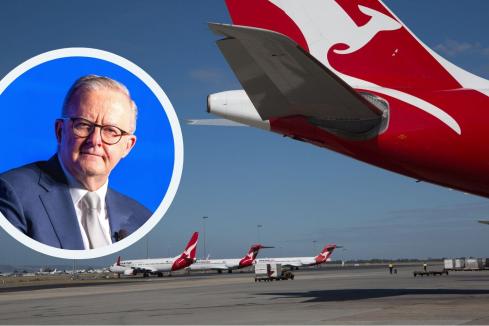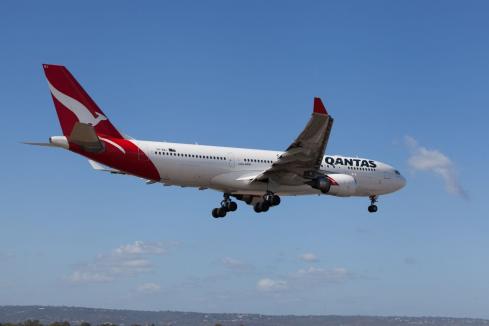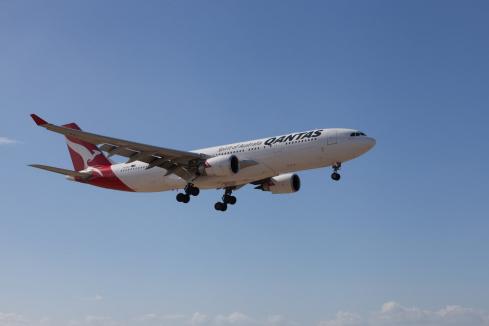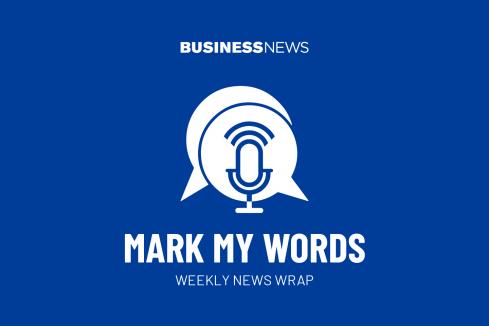Frequent (and not-so-frequent) flyers the winners from changes to Australia’s airline policy.

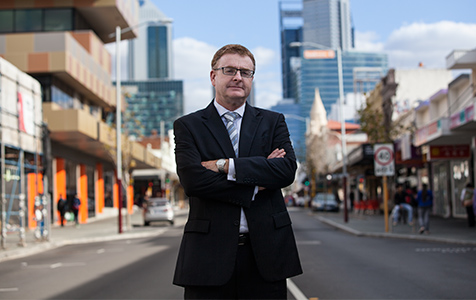
Frequent (and not-so-frequent) flyers the winners from changes to Australia’s airline policy.
Deregulation has had a dramatically changed the international air travel market for carriers operating in and out of Australia.
None has felt the consequences of this more than Qantas, with the ‘flying kangaroo’ and its shareholders paying a big price as consumers have benefitted in terms of choice and cost.
The table accompanying this article, based on monthly figures for January 1991 and 2013, shows that Qantas, including its subsidiary Jetstar, has slipped from 40 per cent market share to around 26 per cent.
Virgin Australia, which started as domestic carrier Virgin Blue in 2000, has grabbed about 10 per cent of the market, which means Australian airlines have nearly as much of the international market between them as they did in 1991, when government-owned Qantas alone flew the Aussie flag.
So despite growing their operations by around 2.5 times in terms of flights and passengers, Qantas and Jetstar have gone backwards in terms of market share. They are, however, far more efficient: in 1991 nearly 30 per cent of inbound seats during January were empty, compared to a market average of 20 per cent; in January this year that was reduced to less than 8 per cent, while the market as a whole was close to 10 per cent.
What the graphic does show is two additional pieces of information. Firstly, although the number of carriers has risen just 36 per cent in this time, the field has changed markedly with the arrival of major new airlines from China, the Middle East and discount players from Asia, coupled with the disappearance of many state-run airlines from Europe.
That is, in part, a result of the market changing substantially, with a greater focus on relatively shorter-haul flights in Asia compared with 1991.
In addition, and perhaps more importantly, the cost of flying has fallen dramatically. According to travel agent Flight Centre, the face value of a flight to London has barely changed from 1991 when Qantas sparked a price war by reducing the cost of its Kangaroo Route flights to London to $1,800. In 1991 that price represented three times an average week’s pay, whereas today it is 1.4 times.
“In 1991, an $1,800 fare represented three weeks’ pay or almost $4,000 in today’s terms,” according to Flight Centre figures, showing that the real cost of flying has halved every decade since the late 1940s.
I gathered most of these numbers last week while researching my column on dealing with monopolies. The point is that since competition opened up the skies, fewer complaints are made about Qantas because consumers have choice and can vote with feet, or seats in this case.
These numbers come into focus as unions and some other interest groups bemoan Qantas’s recent decision to shut down its Avalon heavy engineering works. Similarly, arguments for the protection of the Australian car industry would melt away when the cost to the consumer is truly revealed.
The truth is that other nations continually subsidise these key industries such as air travel and car manufacturing. As the GFC as shown, other nations also have huge debts and run big deficits. The smart move for Australia is let those nations subsidise these loss-making industries while our consumers, including business, benefit from lower costs.







